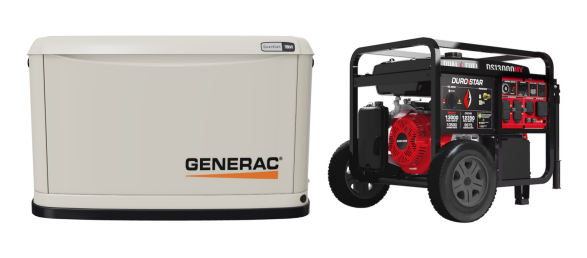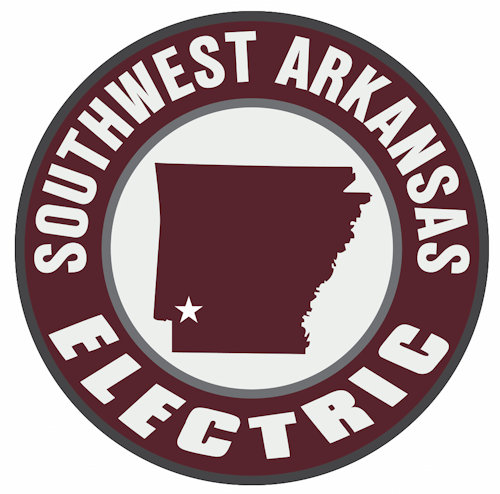
Generator Options
You can use a portable emergency generator or install a whole home generator to supply electricity to your appliances or everything in the home during a power outage. if used improperly though, they can kill you and the people who are working to restore power. They can also damage the appliances, electronics, and other things you connect.
Home generators are usually powered using propane, natural gas and diesel fuel which must be properly handled as well.
Connecting a generator to the main electrical supply for your house requires the services of a qualified, licensed electrician. Before connecting the generator to your household circuit, notify your local SWAECC Customer Service Center.
If you connect a generator to the main electrical supply coming into the house, the electrical generator could feed back into SWAECC’s system and electrocute workers who are repairing the electrical lines.
Determining Wattage Requirements
You must also never exceed the rated capacity of your generator. Overloading can cause serious damage to the generator or appliances. Before operating a generator, list all of the appliances that are going to operate at the same time. Then determine the starting wattage requirements and the running wattage requirements. The starting load lasts only a few seconds, but is very important when figuring your total wattage to be used. Your generator must be rated to handle the total wattage.
Extension Cords
When using an appliance or tool at a considerable distance from the generator, a 3-wire extension cord that has a 3-prong grounding plug and a 3-slot receptacle that accepts the tool’s plug should be used. A cord of adequate size must be used.
Under no circumstances should an extension cord be run from one house to another.

